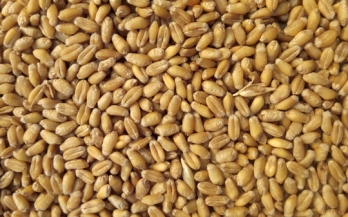Motivated by the need for such information for its own programmes, the Global Alliance for Improved Nutrition (GAIN) developed the Fortification Assessment Coverage Toolkit (FACT) in 2013 for carrying out coverage assessments of fortification programmes.
The UNSG’s Special Envoy for the Summit, Dr. Agnes Kalibata invited GAIN’s Executive Director Dr. Lawrence Haddad to lead Action Track 1 (AT1) on Ensuring Access to Safe and Nutritious Food for All.
Supported initially by the Dutch Government and the Rockefeller Foundation and launched in the journal Nature Food in June 2020, GAIN, along with Johns Hopkins University, FAO, CIAT, the University of Michigan and Ag2Nut decided to create a platform that pulled together all the high-quality data available, organise it by food system component and make it easy to analyse, compare and visualise.
In anticipation of the 2022 AGRF, the Global Alliance for Improved Nutrition (GAIN) and the Alliance for a Green Revolution in Africa (AGRA) have leveraged their existing partnership to produce this report to provide African leaders with cutting-edge data tools that can be employed to describe their nation’s food systems, diagnose the most urgent areas for action, and decide which evidence-based solutions best suit their needs.
Using a theory of change or a programme impact pathway to guide design, monitoring, and evaluation efforts is increasingly being used across various nutrition interventions, yet there are few documented examples in biofortification programmes.
Biofortification (or nutrient enrichment) of staple crops has the potential to contribute to reducing micronutrient deficiencies by increasing micronutrient intakes. In 2019, GAIN and HarvestPlus entered a partnership to lead the Commercialisation of Biofortified Crops (CBC) Programme, which aims to catalyse commercial markets for biofortified crops in six countries across Africa and Asia.
To inform the development of effective commercialisation strategies, a systematic assessment of country- and crop-specific value chains is essential to identify success factors, barriers, and opportunities.
In this report, EatSafe addresses the gap of food safety data within the Food Systems Dashboard (FSD) by identifying indicators relevant to national food safety systems, assess the availability of data sources, and develops a systematic, quantitative scheme to evaluate indicators against FSD inclusion criteria.
Achieving optimal health and nutrition requires people to be both well-nourished and free from foodborne hazards. The Global Alliance for Improved Nutrition (GAIN) has long recognized the importance of integrating food safety to achieve global nutrition and food security goals.
Affordability is a key barrier to accessing nutritious foods, particularly for lower-income consumers. Several measures of food affordability have been proposed and used in the research literature. This paper reviews the concept of food affordability, discusses the limitations of existing measures, and makes recommendations for improvements. Food affordability measurement is typically based on income, social safety nets, or expenditures.










